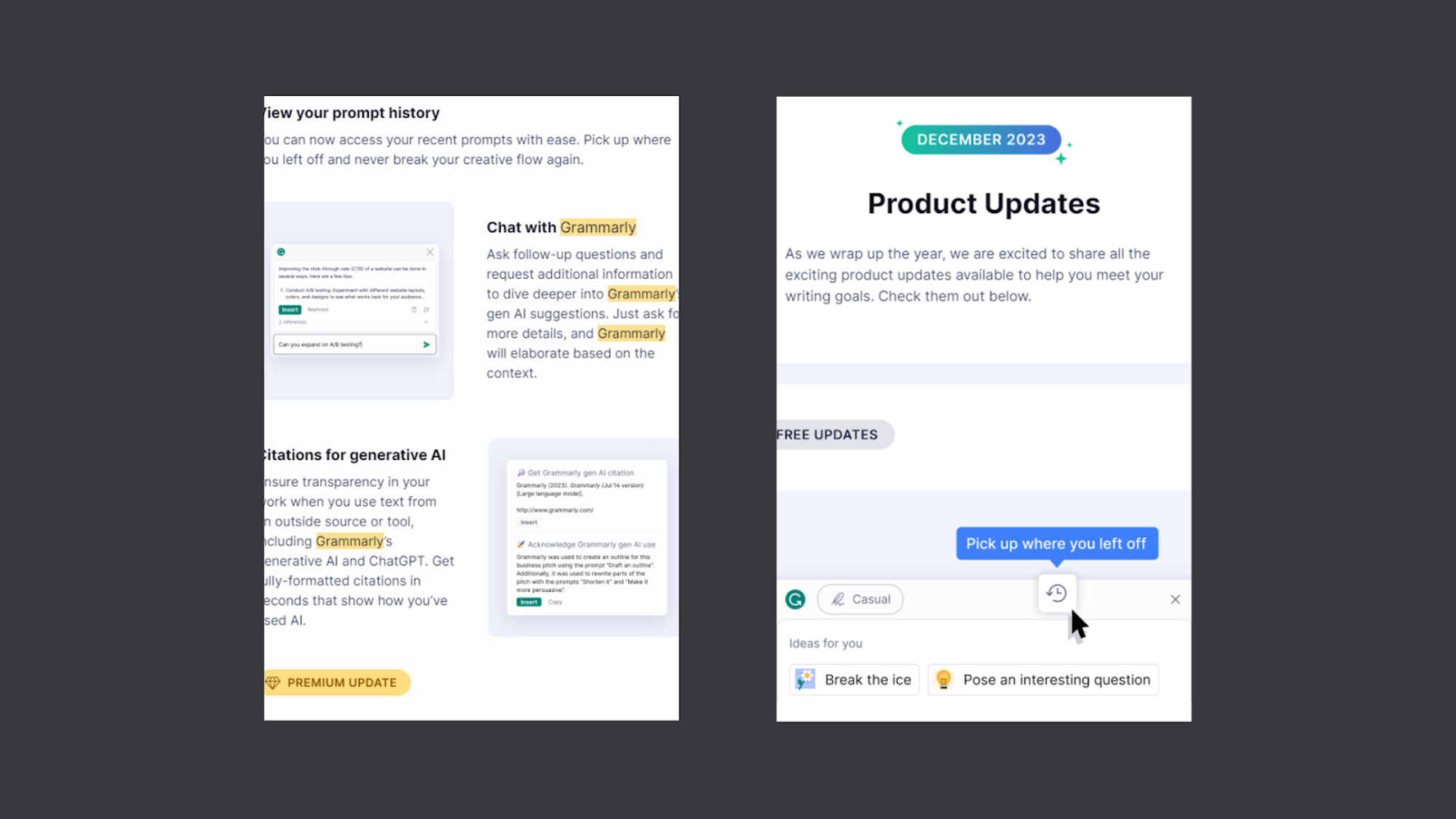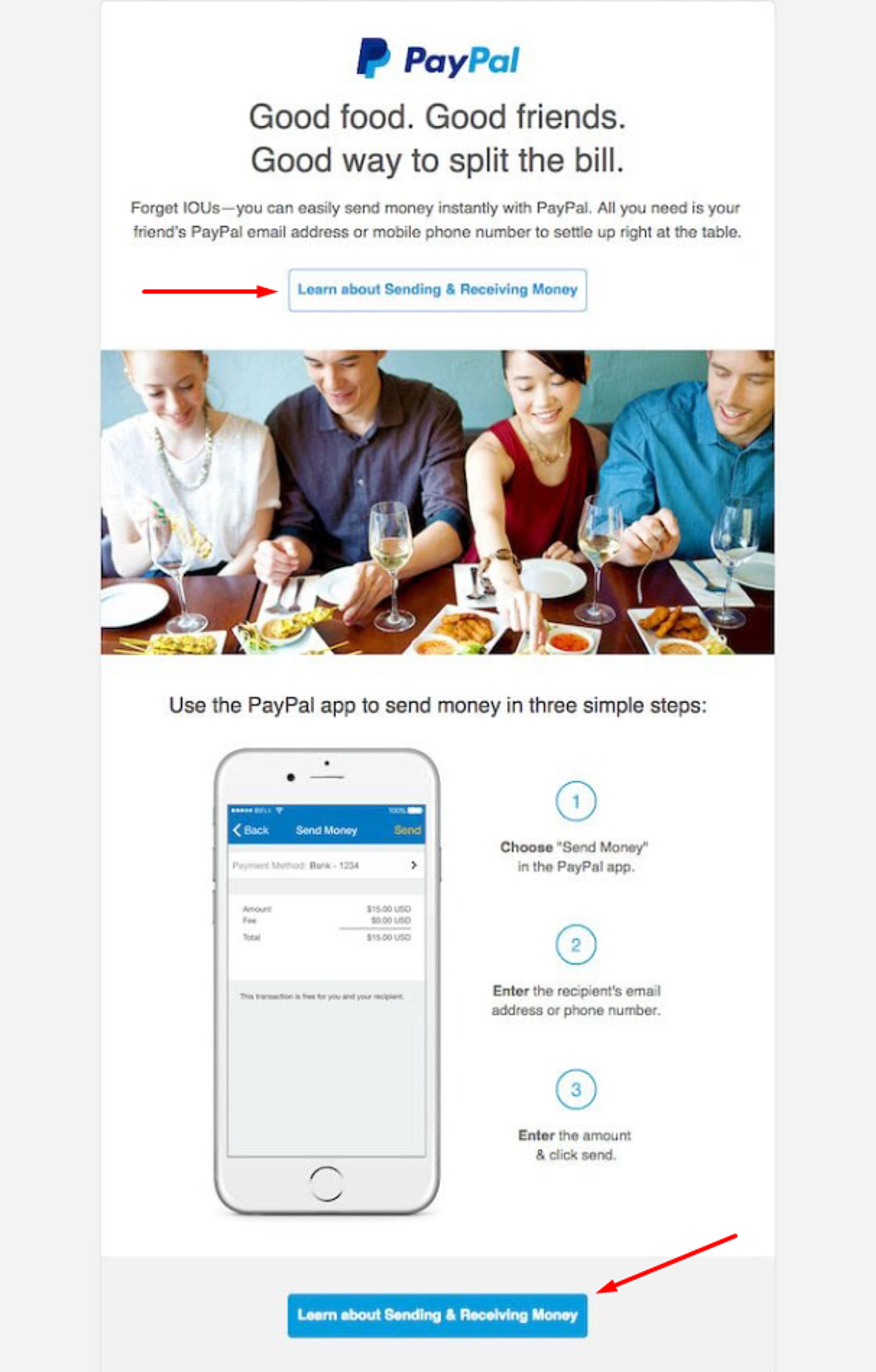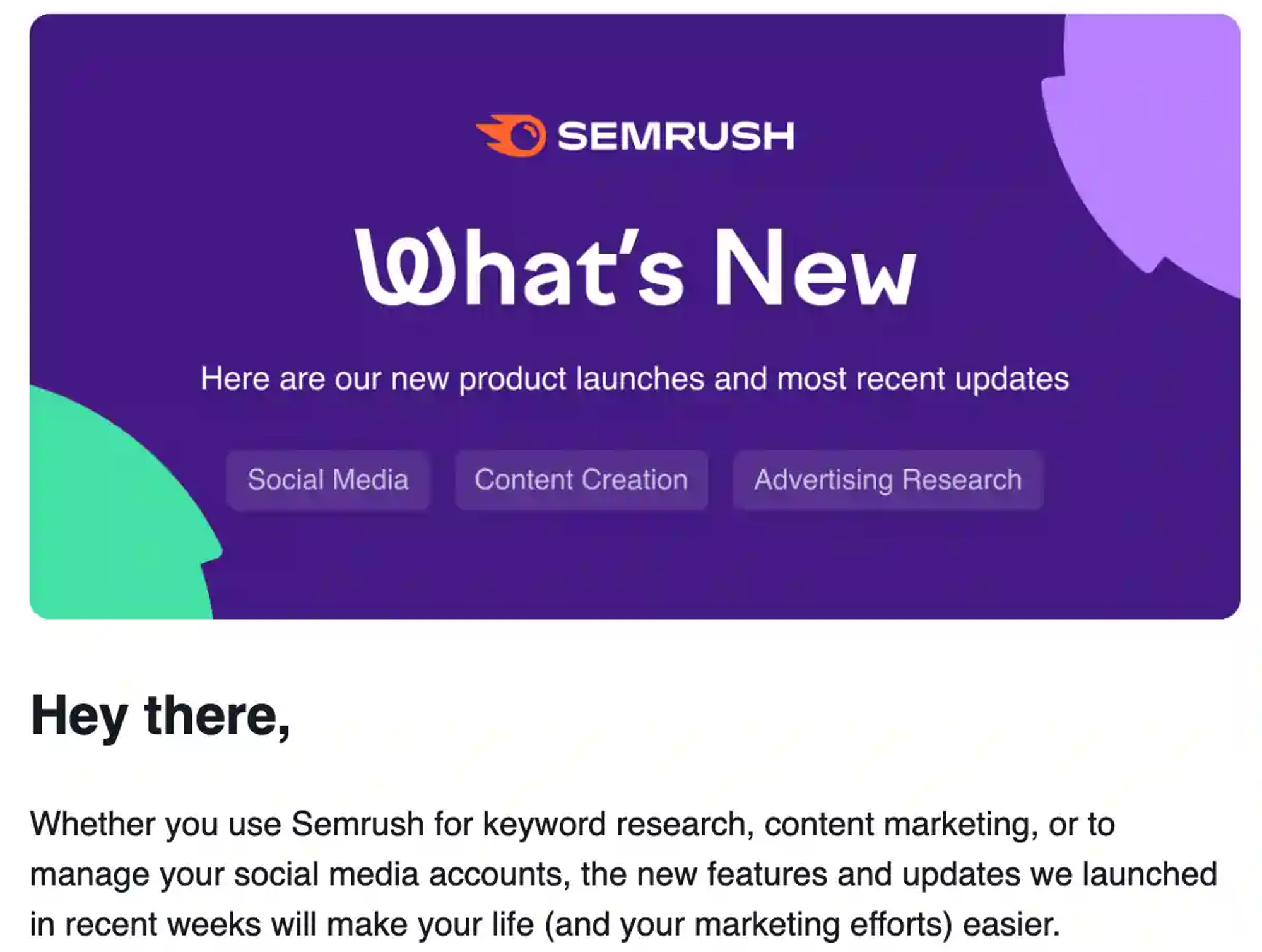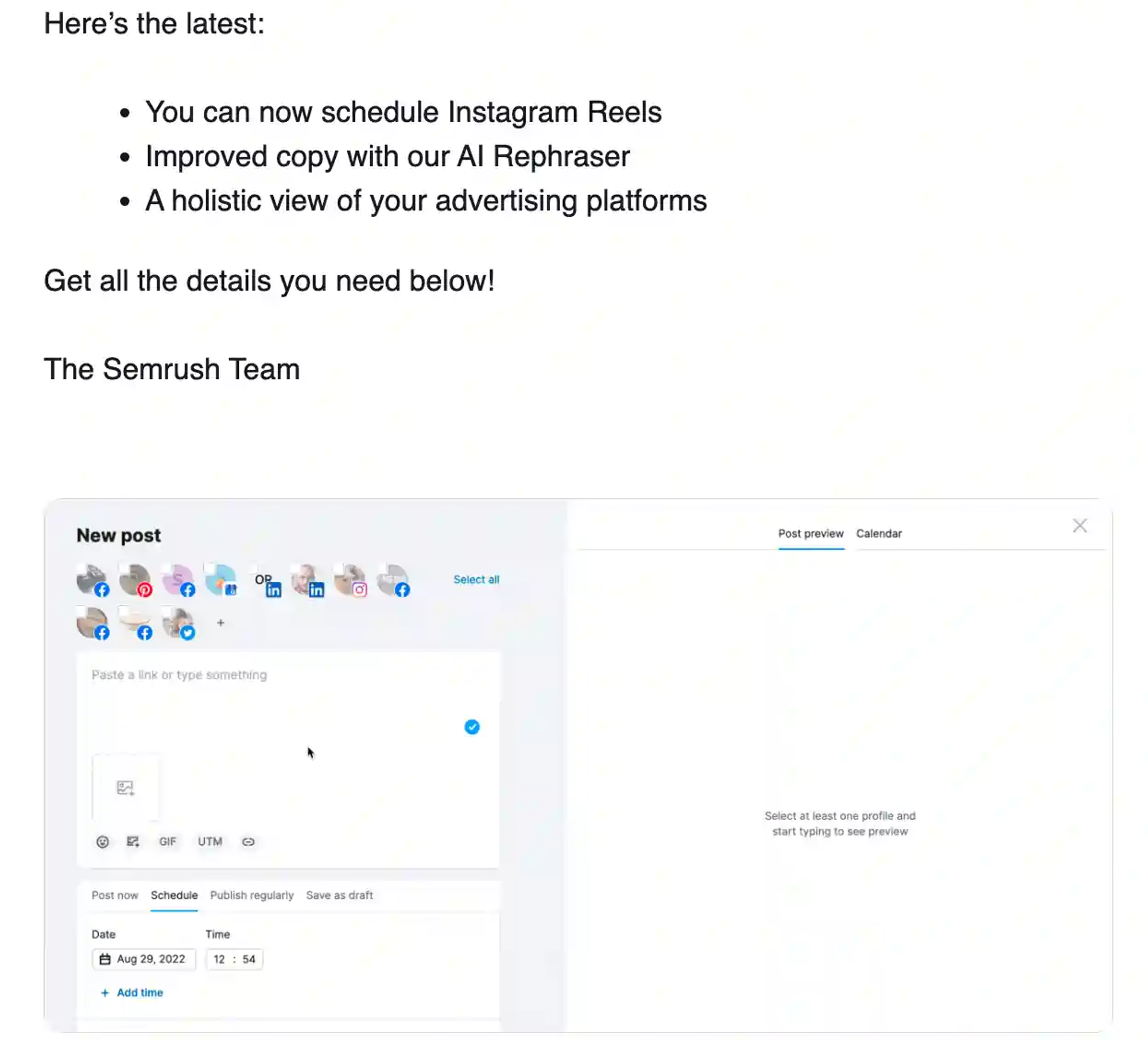Business is all about customers. While acquiring new ones remains a top priority for businesses, analyzing how many customers you’re using is also crucial.
If too many customers are leaving your business, it can potentially mean you’re investing too much in acquisition while not getting the maximum ROI.
By identifying the core issues, you can reduce customer turnover and ultimately increase revenue.
In this article, we will discuss key terms, metrics, the cost involved, analysis, and everything there is about churn in SaaS business.
Understanding SaaS Churn and Its Importance
SaaS churn is the percentage of users lost over a specific period. For example, a churn rate of 5% means you can expect 5% of users to quit their subscription over a specific period. Your churn rate is vital in creating a customer-centric business strategy.
The churn rate indicates how well you're able to retain your users. The higher the churn rate, the more you need to optimize your customer retention strategy.
That's because churn directly impacts a SaaS company's revenue and valuation. As users quit, your revenue and profit margin are threatened. It's realistic to expect a 2-8% churn rate, but anything higher will deter investors and stakeholders.
Companies like Disney, Netflix, Hulu, and Spotify all have churn rates that fall within this range.
Since US companies lose about $136 billion every year due to churn, this isn't a metric you should take lightly.
Key Metrics to Track for Analyzing SaaS Churn
Effective churn analysis can guarantee success for SaaS companies - here are a few metrics to track.
Customer Churn Rate
The churn rate in SaaS companies is the percentage of customers who discontinued your subscription over a specific period. Calculating the churn rate can help you evaluate the health of your SaaS business and its customer retention strategy.
Churn rate = The number of customers who left / The number of customers at the start of the period * 100
For example, if you had 800 customers on January 1st and 640 on January 31st, your churn rate is 20%. A SaaS business's ideal monthly churn rate should range from 3% to 8%. ConvertKit is a great example, with a churn rate of 4%.
In the early stages of a SaaS business, the churn rate may be higher as the team refines its product for user needs. Maintaining a low churn rate becomes critical when you reach the growth stage. Once your business is mature, the churn rate will impact profit and long-term sustainability.
Revenue Churn Rate
The revenue churn rate is similar to the churn rate. But instead of calculating the percentage of customers lost, it calculates the percentage of revenue lost due to churn. This metric shows how churn impacts the financial health of your SaaS business.
For many SaaS companies, the subscription price may vary based on the number of seats or features. That means your revenue churn rate may be higher or lower than your customer churn rate.
Revenue churn = Your monthly recurring revenue (MRR) / MRR lost – Extra revenue from existing customers.
SaaS companies should maintain a 5-7% revenue churn rate.
Customer Lifetime Value (CLV)
The customer lifetime value (CLV) is the revenue a customer makes during their entire journey with your company.
CLV = Average revenue per user (ARPU) / User churn rate
ARPU = Monthly recurring revenue (MRR) / Total number of users
In general, it's best to aim for a higher CLV. An ideal customer retention strategy will keep your CLV increasing over time.
In a SaaS company, the CLV is calculated alongside your customer acquisition costs (CAC). Every customer should provide three times more value than it cost to acquire them. That means your CLV:CAC ratio should ideally be 3:1 to generate profit.
Net Promoter Score (NPS)
The net promoter score (NPS) measures customer loyalty, enthusiasm, and satisfaction with a simple question: On a scale of 1 to 10, how likely are you to recommend this product or business to a friend or colleague?
In this metric, customers who vote six or lower are called detractors, while those who score 9 or 10 are promoters.
NPS = Percentage of promoters – Percentage of detractors
In most cases, the software you're using to send out these surveys will calculate your NPS score for you. This score ranges from -100 to +100. According to the inventor of NPS, a 60+ net promoter score is ideal for all industries.
Still, the average NPS can vary based on the industry. For example, specialty stores like Costco earn as high as 80, while cable providers like Verizon only achieve around 30. TurboTax is a great SaaS example, with a net promoter score of around 40.
Customer Acquisition Costs (CAC)
The customer acquisition cost (CAC) is how much it costs to get a new customer. Your SaaS business model cannot be viable and profitable without this simple equation: your CAC should always be lower than the CLV.
CAC = Total sales and marketing spend / Total number of new customers
For example, if you've acquired 80 new users and spent 1,000. CAC should be a primary focus for SaaS businesses in their early stages. In this context, they should also calculate the Months to Recover CAC.
Also called the CAC Payback Period, this metric measures how much time it takes to offset the amount spent on acquiring a specific customer. The calculation is CAC / (MRR * Gross margin).
Expansion MRR (Monthly Recurring Revenue)
According to research, the more time customers spend with a business, the more they'll be willing to spend on their products. Users will spend 67% more by the third year in their customer journey than they did in the first six months. That's why your user retention strategy is crucial for maximum MRR.
The expansion MRR measures how much your monthly revenue increases when an existing user upgrades to a higher plan. It combats the revenue lost due to churn. With enough success, it can even help you push the churn rate into the negatives.
Advanced Churn Analysis Techniques
If your churn rate exceeds 10%, your SaaS business may be in trouble, and it's time to opt for advanced churn analysis. Here are two techniques to learn why you're losing customers and how to retain existing ones.
Predictive Analysis
Churn is not a logical metric, so it isn't easy to predict. SaaS businesses can use machine learning algorithms like logistic regression, decision trees, random forests, and gradient-boosting models for predictive analysis.
The first step is training the machine learning model using features as inputs and the churn indicator as the target variable. Techniques like grid or random search can help improve hyperparameters and model performance. The performance is based on accuracy, precision, recall, and F1 score.
For example, a streaming company may use viewing frequency, content preferences, and user interactions as inputs and the churn indicator as the target variable. It will help them predict churn and trigger targeted win-back emails or discounts to retain the customer.
Beyond just predicting churn, machine learning models can also automate a SaaS company's response to churn. This can look like questionnaires, win-back emails, and discounts.
Cohort Analysis
Cohort analysis, also known as customer segmentation, works by grouping your users based on similar traits. This can help you learn the patterns that occur before undesirable actions, such as subscription cancellation. You'll learn how each type of customer responds to specific changes, updates, or marketing campaigns.
For example, SaaS companies like Dropbox use cohort analysis to understand how different user groups respond to onboarding processes. They can enhance the UX by tracking the time of sign-up or specific features used during onboarding.
In another example, Slack also uses cohort analysis to gauge user reactions to new features. They'll track the feature adoption timelines to determine which feature resonates most with a specific type of user. It opens doors for better feature adoption and marketing.
Strategies to Reduce SaaS Churn
Keep these three strategies in mind to reduce SaaS churn.
Enhancing Customer Experience
Getting started with a new SaaS product can be tricky, so an intuitive interface and UX will most likely make a customer stay. You can guarantee this by creating a roadmap for your newest customers.
Leave no room for lost interest – make sure your onboarding process is snappy and insightful every step of the way. Grammarly sends an exemplary welcome email, displaying quick guides on how to use each feature.

Feedback and Product Improvement
Customer frustration is often the main reason behind churn. Asking for feedback is the best way to get to the root of the issue and make your users feel heard. An effective customer feedback loop can be as simple as displaying a survey or form and sending an email.
PayPal sets a great example, sending emails with a CTA to ensure customer feedback and product improvement awareness. This showcases their commitment to customers.

Personalization and Proactive Support
The best way to show your commitment to customer support is by reaching out before your customers need you. But your outreach needs to be personalized and targeted, discussing their specific product or service usage.
For example, popular SaaS companies send follow-up emails after you sign up for their services. That includes Semrush, which will email you about features you may not have tried yet. This proactive approach keeps their users interested and active.


Tools and Software for Monitoring SaaS Churn
To understand user behavior, SaaS businesses must integrate churn-tracking tools with business intelligence systems like Qlik and Domo. It allows them to centralize customer data on one hub and align their data-driven decisions with broader goals.
Tools like SimplePlaybooks take this integration to the next level, managing every user on an individual level. They rely on machine learning algorithms for predictive analysis and make room for proactive retention strategies. Since these tools track data in real-time, you can also automate trigger responses such as win-back emails or feedback forms.
Here are a few tools and software that can help you monitor SaaS churn.
- SimplePlaybooks
- Gainsight
- Totango
- Baremetrics
- Custify
- Hotjar
- Mixpanel
- Userpilot
Case Studies: Successful Churn Reduction in SaaS
There are many ways through which marketers are reducing churn in SaaS.
Enhancing customer engagement:
Carefully crafted email campaigns can keep your customers satisfied and engaged. These emails can work on customers who are not taking full advantage of your product or are completely inactive.